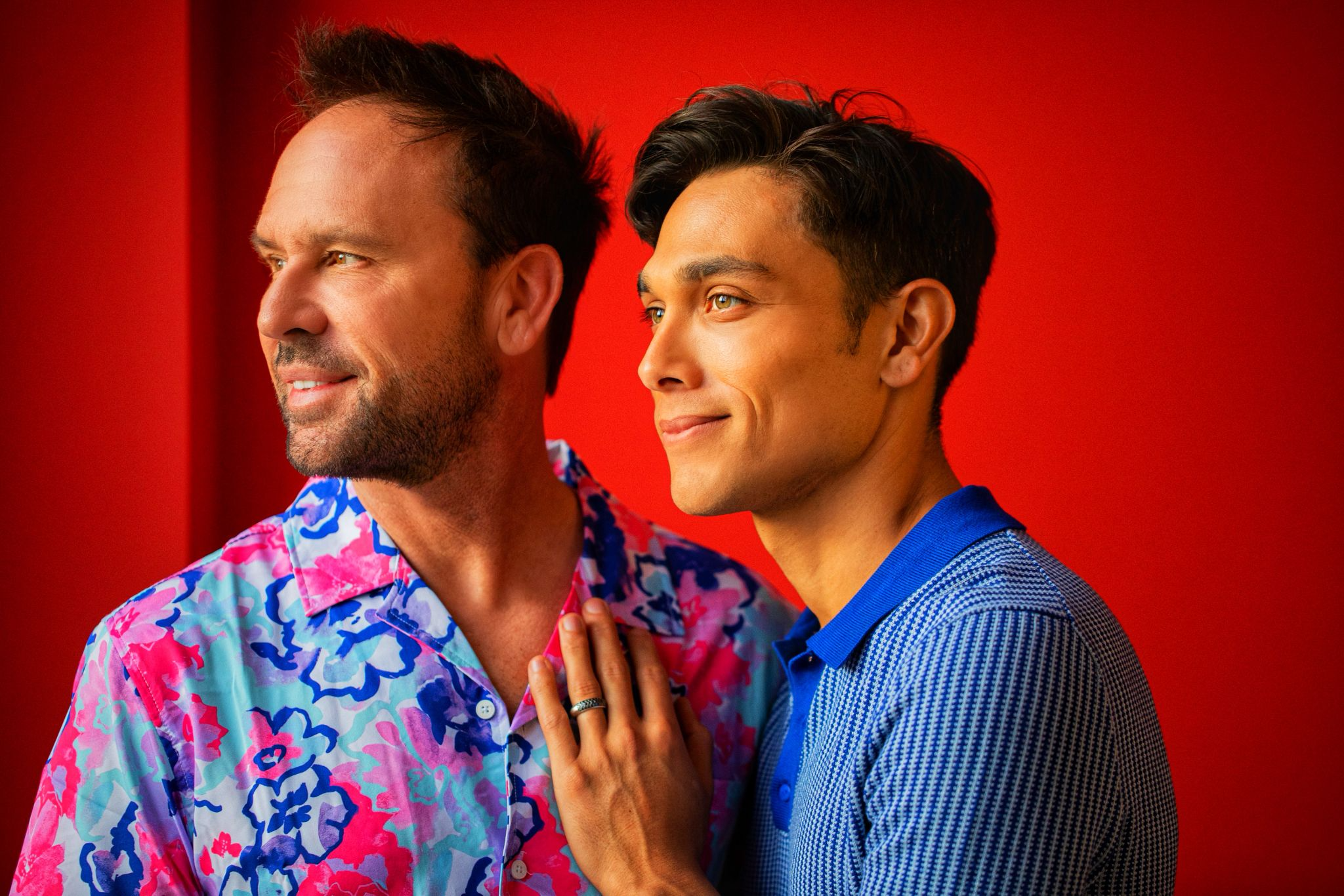Harness the healing in these powerful plants.
Essential oils have been an integral component of medicine for thousands of years. Though you might think of them primarily as tools of the trade for massage therapists, a wide variety of experts and scientists can attest to their effectiveness at addressing specific maladies using extracts drawn from the bark, fruit, leaves, nuts, roots and resins of certain plants.
Tea Tree Oil
Drawn from the Australian plant Melaleuca alternifolia(pictured), tea tree oil is antimicrobial and antiseptic. It’s been known to aid in the treatment of skin conditions like acne, chicken pox, cold sores, sunburns and even psoriasis. It can also be used topically to help heal bacterial and fungal infections or to address insect bites and lice. Suffering from bronchitis or other respiratory distress? Try rubbing some tea tree oil on your chest and you’ll feel it working to break up congestion as you inhale its potent aroma.
Lavender
Though the color is based on the most commonly found variety of the plant, Lavandula angustifolia, there are roughly 40 species of lavender and it’s actually part of the mint family. We can trace its use back to ancient civilizations including the Persians, Greeks and Egyptians and it is widely considered the most popular essential oil in the world. Lavender can help relieve stress, alleviate headaches, promote restful sleep, elevate mood and even prevent infection. Many of these effects can be achieved by brewing a tea with dried lavender. Try it at bedtime to rest easy.
Peppermint
Use of this cross between watermint and spearmint dates back to before 1,000 BC, and it has been found in numerous Egyptian pyramids. Peppermint oil can be used internally to alleviate stomach discomfort or externally to soothe sore muscles. When it comes to dental care, its antiseptic qualities can be useful in fighting bacteria and germs (including those that cause bad breath). Apply the oil to the forehead or temples and breathe deeply when fighting stress, anxiety or migraines. Additionally, peppermint oil has been known to reduce allergy symptoms, boost the immune system, stimulate blood circulation, slow hair loss, and aid dieters by reducing hunger cravings.
Eucalyptus
Also referred to as “Tasmanian Blue Gum,” the eucalyptus tree is one of the fastest growing trees in the world and native to Australia. Surgeons have used its oil as an antiseptic as early as the 1880s. The oil is widely considered a great expectorant — making it one of the best ways to help kick a cold — and inhaling it can also help treat sinusitis, asthma, bronchitis and pneumonia. Plus its antimicrobial and antiseptic qualities can aid in treating burns, cuts, sores and wounds, speeding the healing process of each.
Clove
The clove tree is an evergreen primarily native to Asia, where its use in traditional Chinese medicine dates back to 207 BC. Clove oil can be used on cuts, insect bites, bruises and fungal conditions such as athletes foot. Clove oil can be used orally to fight cavities, throat irritations and tooth pain. Mentally, it may help treat memory loss, depression and anxiety. Plus, pesky bugs like mosquitos loathe its scent; so you’ll find it in many insect-repelling candles.
Last modified: June 22, 2017








